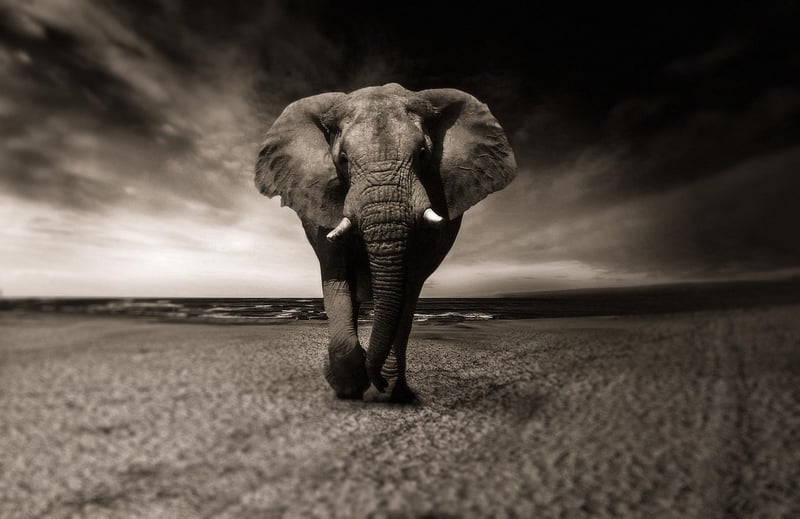Butterfly Effect
Exploring Time Travel Principles and the Butterfly Effect
Time travel has long been a fascinating concept in science fiction, capturing the imagination of many. While it remains a theoretical possibility, understanding the principles behind time travel can provide insights into its complexities and paradoxes.
The Concept of Time Travel
Time travel refers to the theoretical ability to move between different points in time, either forwards or backwards. According to the theory of relativity proposed by Albert Einstein, time is a dimension intertwined with space, forming a four-dimensional continuum known as spacetime.
Types of Time Travel
There are several theoretical models of time travel, including:
- Forward Time Travel: Moving ahead in time faster than normal, which is theoretically possible through time dilation.
- Backward Time Travel: Going back to a previous point in time, which poses significant paradoxes such as the grandfather paradox.
- Parallel Universes: Traveling to alternate timelines or parallel universes to avoid paradoxes.
The Butterfly Effect
The Butterfly Effect is a concept in chaos theory where small changes can have large, unpredictable consequences. It is often used in time travel scenarios to illustrate how even minor alterations in the past can lead to significant changes in the future.
Illustration of the Butterfly Effect:

Implications and Paradoxes
Time travel raises various philosophical questions and paradoxes, such as the causality loop and the bootstrap paradox. These paradoxes challenge our understanding of cause and effect, free will, and the nature of reality.
Conclusion
While time travel remains a speculative concept, exploring its principles and associated phenomena like the Butterfly Effect can broaden our perspective on the nature of time, causality, and the universe.
For more information on time travel and related topics, you can visit Space.com.
